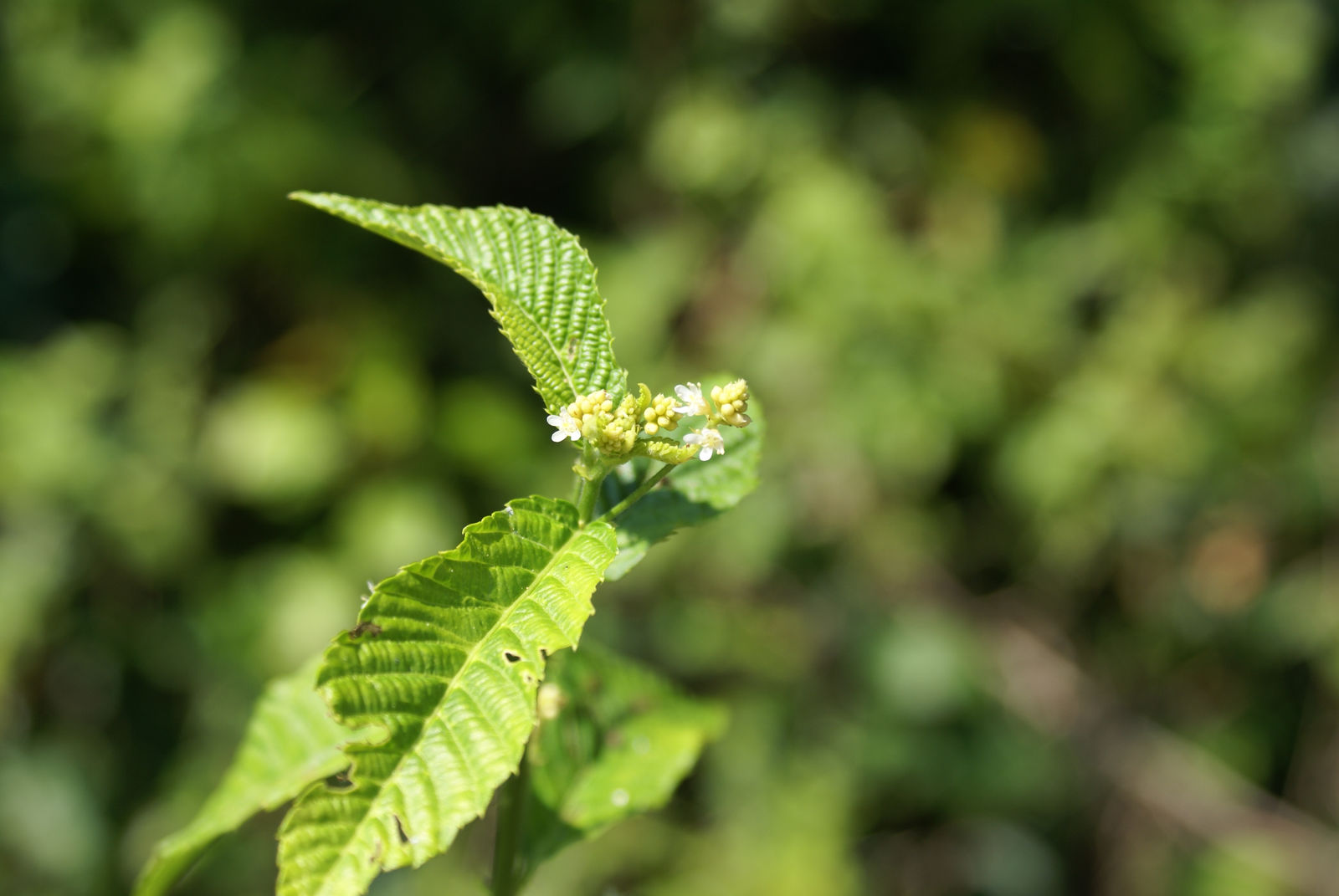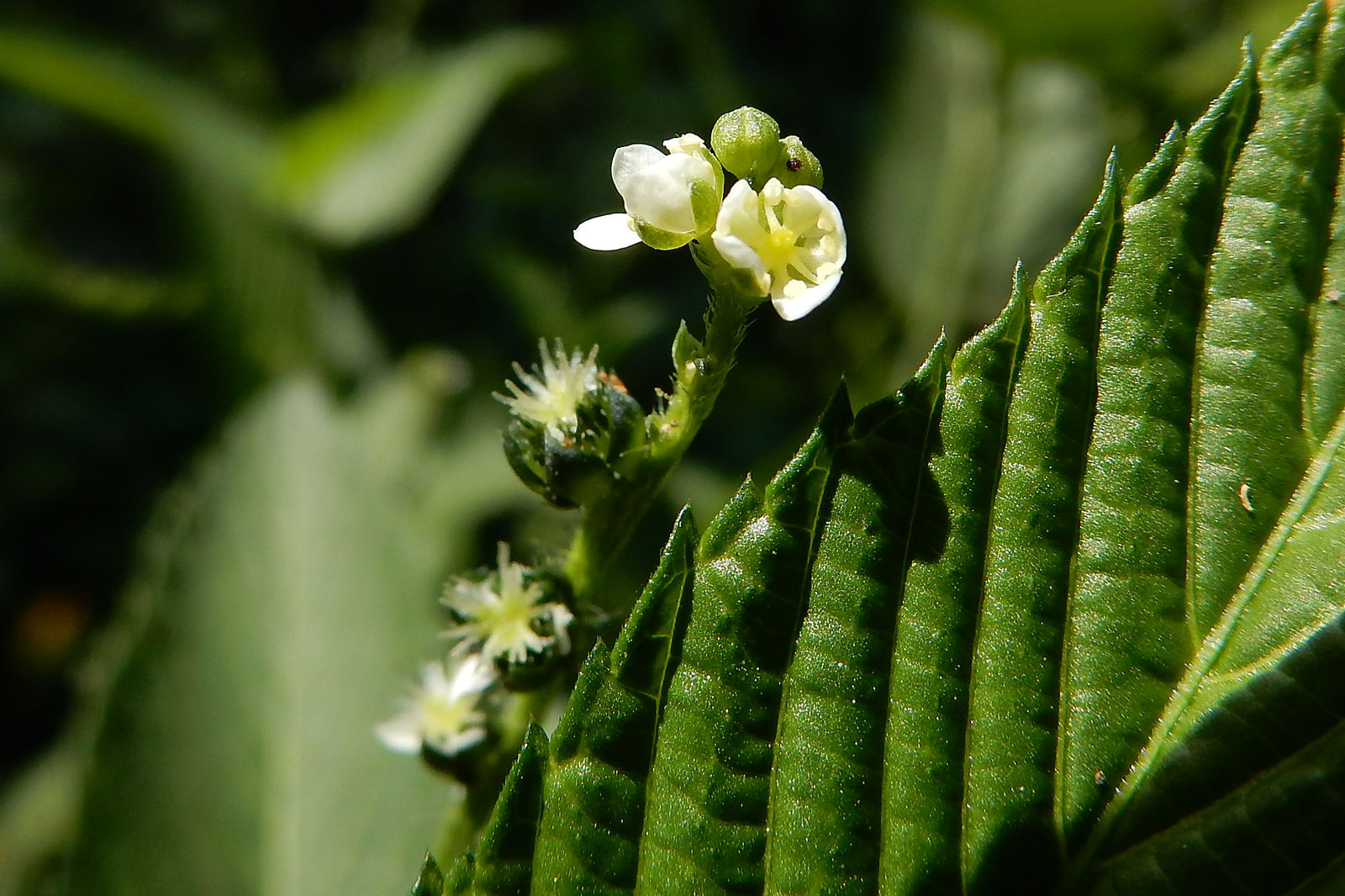Family: Euphorbiaceae
Author: (L.) A.St.-Hil.
Bibliography: Hist. Pl. Remarq. Brésil: 245 (1825)
Year: 1825
Status: accepted
Rank: species
Genus: Caperonia
Vegetable: Unknown
Observations: E. & S. Mexico to Trop. America
Description
Sacatrapo, known scientifically as Caperonia palustris, is an intriguing plant species belonging to the family Euphorbiaceae. First described in the historical botanical literature “Hist. Pl. Remarq. Brésil” by A. St.-Hil in 1825, this plant boasts a rich botanical heritage that spans across diverse regions of the Americas.
This species is native to areas stretching from the eastern and southern parts of Mexico down through tropical America, demonstrating a remarkable adaptability to various environmental conditions. Found primarily in wet, marshy areas, Sacatrapo thrives in habitats that provide ample moisture, reflecting its species name “palustris,” which hints at its preference for swampy environments.
As a member of the Euphorbiaceae family, Sacatrapo shares common characteristics with other plants in this group, such as the presence of latex—a milky sap that can be both a defining feature and a defensive mechanism. The family is known for its economic and ornamental significance, with several species utilized in traditional medicine, as well as for their aesthetic value in horticulture.
Caperonia palustris holds ecological importance in its native regions, contributing to the biodiversity and stability of wetland ecosystems. Its adaptability and resilience make it a subject of interest for botanists and ecologists studying plant distribution and habitat specialization across fluctuating environmental conditions.
Common Names
Eng: sacatrapo, texasweed
Fra: male coq d’inde
Spa: ortie grosse, ortis-savane, sacatrapo
En: Sacatrapo, Dove-weed, Texas-weed, Texasweed, Wild green tea, Dove weed, Milkweed
Fr: Petite madlome, Petite malnommee, Male coq d’Inde
Es: Ortie grosse, Ortis-savane, Sacatrapo
Synonyms
- Croton castaneifolius (Kunth)
- Croton palustris (L.)
- Caperonia liebmanniana (Didr. ex Pax & K.Hoffm.)
- Caperonia pubescens (S.F.Blake)
- Androphoranthus glandulosus (H.Karst.)
- Meterana palustris ((L.) Raf.)
- Lepidococca sieberi (Turcz.)
- Argythamnia palustris ((L.) Kuntze)
- Caperonia palustris var. linearifolia (Standl. & L.O.Williams)
- Caperonia palustris var. linearis (Standl. & L.O.Williams)
Distribution
- Argentina Northeast (native)
- Argentina Northwest (native)
- Belize (native)
- Bolivia (native)
- Brazil Southeast (native)
- Brazil West-Central (native)
- Colombia (native)
- Costa Rica (native)
- Cuba (native)
- Dominican Republic (native)
- Ecuador (native)
- French Guiana (native)
- Guatemala (native)
- Guyana (native)
- Haiti (native)
- Honduras (native)
- Leeward Is. (native)
- Mexico Gulf (native)
- Mexico Northeast (native)
- Mexico Southeast (native)
- Mexico Southwest (native)
- Nicaragua (native)
- Paraguay (native)
- Peru (native)
- Puerto Rico (native)
- Suriname (native)
- Trinidad-Tobago (native)
- Venezuela (native)
- Windward Is. (native)
- Alabama (introduced)
- Arkansas (introduced)
- Florida (introduced)
- Louisiana (introduced)
- Malaya (introduced)
- Marianas (introduced)
- Mississippi (introduced)
- Mozambique (introduced)
- Texas (introduced)
Additional Images

© copyright of the Board of Trustees of the Royal Botanic Gardens, Kew.

© copyright of the Board of Trustees of the Royal Botanic Gardens, Kew.
%20A.%20St.-Hil._fullsize.jpg)
© copyright of the Board of Trustees of the Royal Botanic Gardens, Kew.
Leaf
Taken Jun 12, 2014 by Nelson Zamora Villalobos (cc-by-nc)
Taken Jul 14, 2020 by Uriel Argel (cc-by-sa)
Taken Mar 27, 2021 by Valero Omar (cc-by-sa)
Taken Mar 27, 2021 by Valero Omar (cc-by-sa)
Taken Sep 13, 2022 by sai sai (cc-by-sa)
Sources
- WFO (No URL)
- IPNI (No URL)
- GBIF (https://www.gbif.org/species/3055012)
- POWO (http://powo.science.kew.org/taxon/urn:lsid:ipni.org:names:44564-2)
- PlantNet (https://identify.plantnet.org/species/the-plant-list/Caperonia palustris (L.) A.St.-Hil.)





